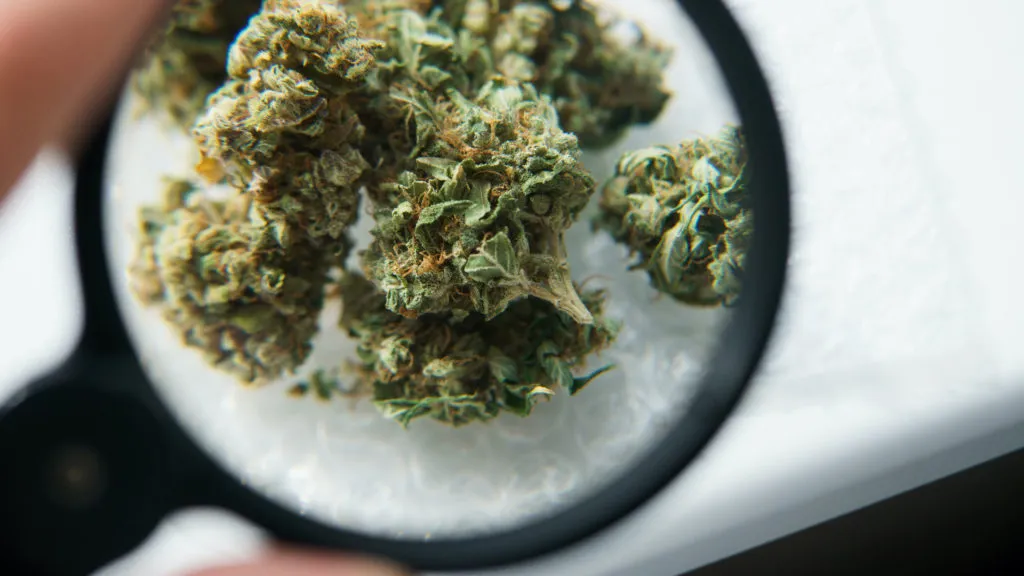Weed in Carapicuíba: A Growing Issue and Its Implications

Carapicuíba, a municipality located in the São Paulo metropolitan area in Brazil, has witnessed significant changes in its urban landscape in recent years. While the region is known for its bustling streets, rich history, and vibrant culture, it is also grappling with a growing issue: the spread of illegal marijuana cultivation and trafficking. This development has had a wide range of implications for the local community, law enforcement, and public health. In this article, we will explore the factors contributing to the rise of weed-related activities in Carapicuíba, its consequences, and potential solutions.
The Rise of Illegal Cannabis Cultivation Weed in Carapicuíba
One of the primary reasons for the surge in marijuana-related activities in Carapicuíba is the area’s geographical and economic profile. Situated on the outskirts of São Paulo, Carapicuíba is a municipality with a relatively high rate of poverty and unemployment. These socio-economic factors create an environment where illegal activities, such as drug cultivation and trafficking, can thrive.
Many farmers and individuals, often driven by economic desperation, have turned to the illicit cultivation of cannabis.
Impact on Local Communities Weed in Carapicuíba
The presence of illegal marijuana cultivation in Carapicuíba has had significant consequences for local communities. One of the most notable impacts is the rise in drug-related violence. As marijuana trafficking becomes more lucrative, rival gangs and drug dealers often clash over territory, leading to violent confrontations. In the worst cases, innocent bystanders and families can become victims of these violent acts.
Moreover, the increase in drug trafficking in the region has also contributed to social instability. Areas that were once considered safe neighborhoods are now seeing a rise in drug use and the criminal activity associated with it.
Environmental Consequences
The cultivation of marijuana also brings with it a host of environmental concerns. These chemicals can seep into the soil and water, threatening both wildlife and human health.
Additionally, illegal marijuana farms in Carapicuíba tend to clear large areas of forest and natural vegetation, leading to deforestation and habitat destruction.
Law Enforcement and Government Response
In response to the growing issue of marijuana cultivation and trafficking, local law enforcement agencies and the government have ramped up efforts to combat illegal drug activities in Carapicuíba.
However, the effectiveness of these efforts has been limited by several factors. Corruption and insufficient resources within local law enforcement agencies often hinder the execution of anti-drug operations. Additionally, the sheer scale of illegal marijuana cultivation makes it difficult to eliminate the problem entirely. As long as the socio-economic conditions that foster drug production and trafficking remain unaddressed, the problem will likely persist.
Potential Solutions and Future Outlook
Addressing the issue of illegal marijuana cultivation in Carapicuíba requires a multi-faceted approach. First and foremost, tackling the root causes of drug-related activities—such as poverty, unemployment, and lack of education—will be crucial.
Secondly, strengthening the capacity of law enforcement agencies and improving collaboration between local, state, and federal authorities could help increase the effectiveness of anti-drug efforts.
Finally, there is also the ongoing debate surrounding the legalization of marijuana.
Conclusion
However, the effectiveness of these efforts has been limited by several factors.
You’re the best when it comes to marijuana products , always taking care of me. Definitely recommending you to my friends. Thanks for the quick delivery .Really happy with the product .As usual, it’s top-notch. Keep it up you. you can contact them on email Scenthub43@gmail.com and also there Telegram : https://t.me/Scenthub43
wow Thanks for the referral they have great service and got the best weed around. and the delivery is so smooth

Thanks for always being reliable! I can always count on you for good product.
You’re the go-to in the area for a reason. Always a smooth experience